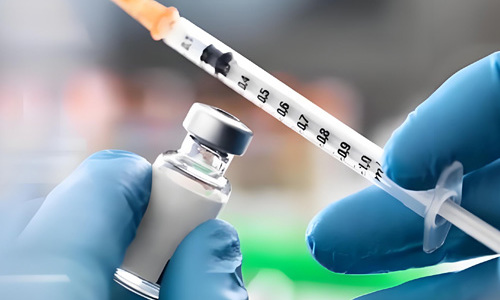Polymeric materials have transformed the landscape of modern industry, offering a wide array of properties and applications. Among these versatile polymers, SEBS (Styrene-Ethylene-Butylene-Styrene) and SEPS (Styrene-Ethylene-Propylene-Styrene) stand out as exceptional elastomers with unique characteristics. In this article, we delve into the differences in physical properties and explore the diverse applications where SEBS and SEPS find utility. Understanding SEBS and SEPS Polymers SEBS - Styrene-Ethylene-Butylene-Styrene: SEBS is a thermoplastic elastomer (TPE) with a block copolymer structure. It consists of three distinct segments: a styrene midblock and ethylene-butylene end blocks. The styrene segments provide rigidity and mechanical strength, while the ethylene-butylene segments impart elasticity and flexibility. The combination of these blocks results in a versatile material with both rubber-like elasticity and plastic-like processability. SEPS - Styrene-Ethylene-Propylene-Styrene: Similar to SEBS, SEPS is also a thermoplastic elastomer with a block copolymer configuration. However, the key difference lies in its end blocks, which consist of ethylene-propylene segments instead of ethylene-butylene. This variation in end blocks affects the material's overall properties, leading to distinctions in performance and applications. Distinguishing Physical Properties Hardness and Flexibility: SEBS typically exhibits a higher hardness compared to SEPS due to the presence of ethylene-butylene end blocks. The ethylene-butylene segments provide greater rigidity and structural integrity, making SEBS more suitable for applications requiring hardness and support. On the other hand, SEPS, with its ethylene-propylene end blocks, offers enhanced flexibility and softness. This property makes SEPS ideal for applications where a softer touch or a cushioning effect is desirable. Tensile Strength and Elasticity: SEBS possesses excellent tensile strength, enabling it to withstand substantial forces and elongation without permanent deformation. This makes SEBS well-suited for applications that demand mechanical robustness and resistance to tearing or abrasion. While SEPS may have slightly lower tensile strength than SEBS, it compensates with greater elasticity and elongation at break. SEPS can stretch and return to its original shape more efficiently, making it suitable for applications that require high flexibility and resilience. Chemical Resistance: Both SEBS and SEPS exhibit good resistance to water, acids, and bases. However, SEPS generally demonstrates superior resistance to oils, greases, and certain solvents, thanks to the presence of propylene units in its end blocks. Thermal Properties: SEBS and SEPS have relatively low glass transition temperatures, allowing them to remain flexible at low temperatures. However, SEBS usually has a slightly higher thermal stability than SEPS, making it more suitable for applications in a broader temperature range. Applications of SEBS and SEPS Polymers SEBS Applications: a. Automotive Industry: SEBS finds extensive use in automotive applications such as weatherstripping, gaskets, and interior components. Its durability, weather resistance, and mechanical strength make it a preferred choice for these applications. b. Medical Devices: SEBS is commonly used in medical tubing, syringe components, and prosthetics due to its biocompatibility and ease of sterilization. c. Footwear: SEBS is utilized in shoe soles and insoles, offering a balance between cushioning and support, as well as resistance to abrasion. d. Adhesives and Sealants: SEBS is incorporated into adhesives and sealants to improve flexibility and adhesion to various substrates. SEPS Applications: a. Consumer Electronics: SEPS is employed in the production of protective cases and covers for electronic devices due to its soft touch and shock-absorbing properties. b. Toys and Sports Equipment: SEPS is commonly used in toy manufacturing and sports equipment like grips and padding, where softness and impact resistance are essential. c. Medical Applications: SEPS is suitable for soft touch medical devices, wound dressings, and drug delivery systems where flexibility and biocompatibility are required. d. Consumer Goods: SEPS is found in a variety of consumer products such as handle grips, tool grips, and kitchen utensils. SEBS and SEPS polymers represent two exceptional members of the thermoplastic elastomer family, each with its unique set of properties and applications. While SEBS excels in hardness, mechanical strength, and chemical resistance, SEPS boasts superior flexibility, softness, and oil resistance. These distinctions make them invaluable choices in diverse industries, driving innovation and addressing specific needs in applications ranging from automotive and medical devices to consumer electronics and toys. As technology advances and demands evolve, SEBS and SEPS will continue to play vital roles in shaping the future of materials science and engineering.
